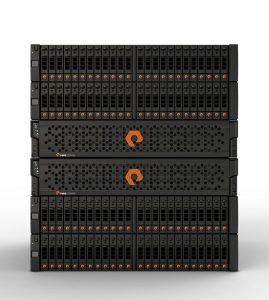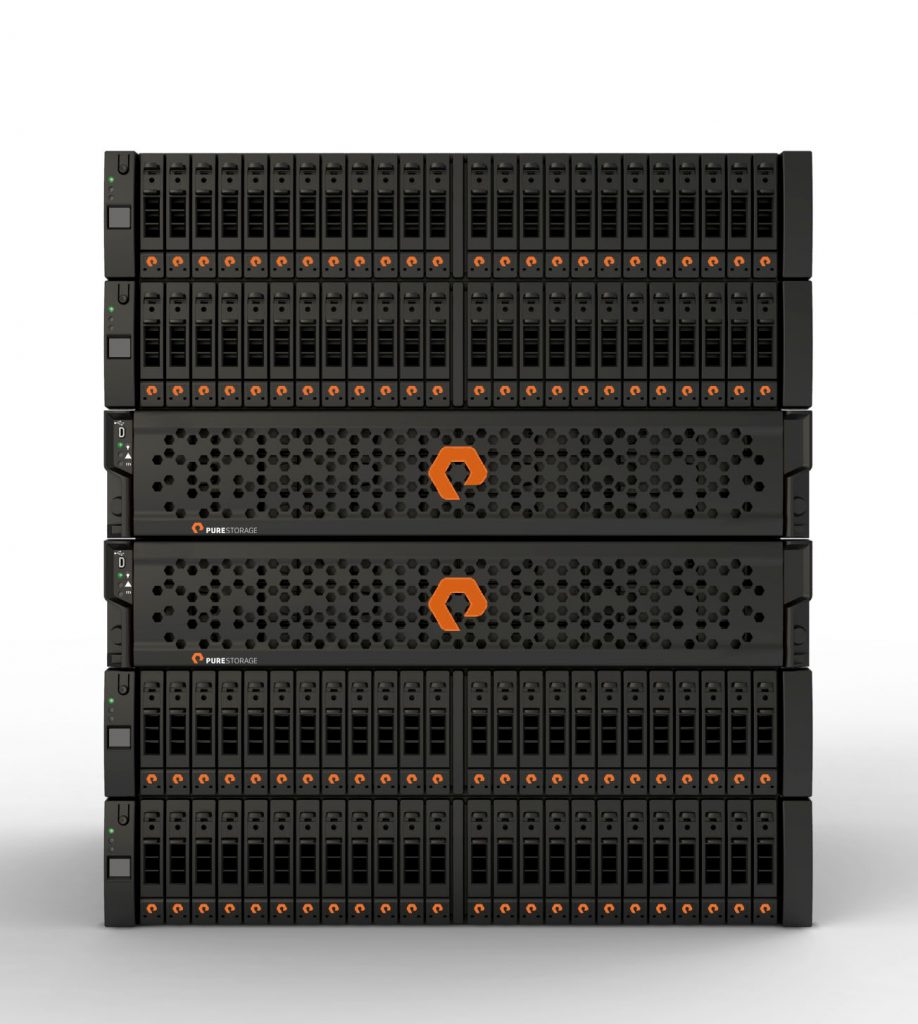
Traditionally, flash storage was so expensive as to be impractical. Actually, in many circles flash storage is still priced above hard disk storage. But new companies are building components that are making flash storage a viable option for many datacenters.
A little more about Flash-based Storage
Flash storage has invaded just about every aspect of professional and consumer computing. From PCs to tablets to smartphones, the flash storage revolution has taken hold. So what separates flash-based storage systems from their hard disk counterparts?
- Hard Disk Drives
First off, there’s the actual design. Hard disk drives are carefully built with moving mechanical parts. The most important aspect of a hard drive is the spinning magnetic plate where all data is stored. The speed of these storage devices largely depends on how fast this magnetic plate spins. As a result, there are several performance issues that come into play. At best, hard disks have a lifespan of about five years, depending on how heavily they are used.
- Solid State Drives (Flash Storage)
With flash storage, all those mechanical parts are thrown out the window in favor of a solid state flash memory chip where all data is stored. As a result, users experience higher performance and faster data retrieval than with HDDs.
Benefits of Flash Storage for the Data Center
The data center environment has been in need of a technological overhaul in the storage department for years. According to Scott Dietzen, CEO of the popular new flash storage provider Pure Storage, flash-based storage systems accomplish that with a combination of deduplication and compression techniques. This not only gives datacenters the opportunity to use high performance flash storage technology, but use it at the same price point as hard disk storage solutions. Additionally, using this brand of flash storage reduces complexity and the need for specialized solutions in the datacenter environment. This makes flash storage among the best possible solutions for big data projects.
This is great news for companies and organizations relying heavily in big data management tools. What was once reserved for mega-corporations and large-scale government agencies are now available across the board. It seems like a no-brainer: pay the same price for high performance flash memory storage as you would for clunky, hard disk storage with moving mechanical parts. This is not to say that hard disk storage has outlived its usefulness. All this means is that the days of hard disk storage dominating the datacenter are surely numbered.
